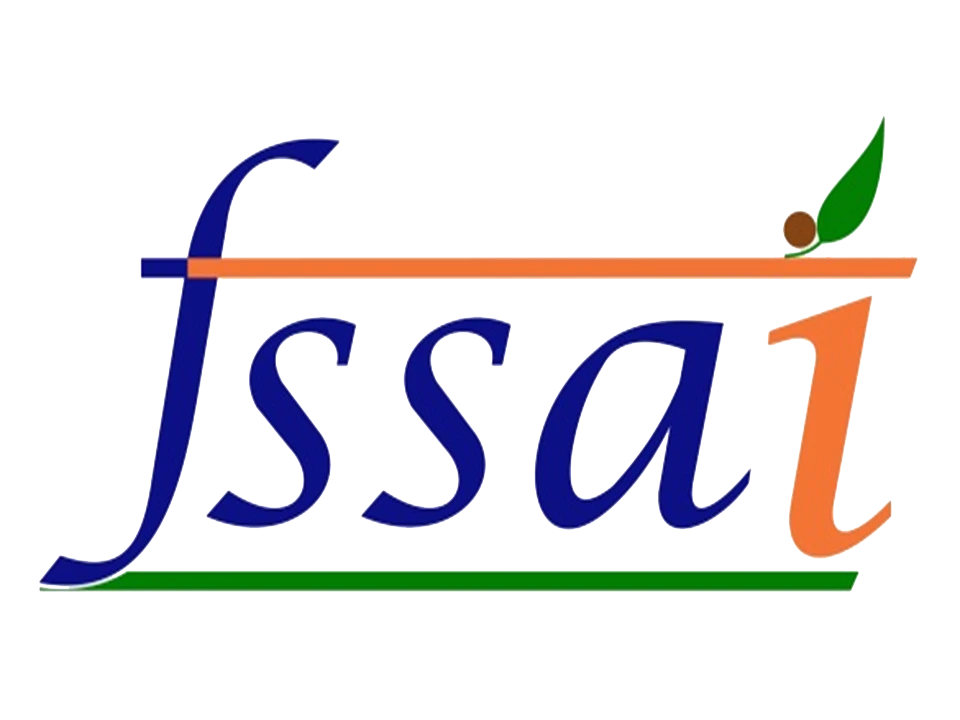Nutritional Labeling service in Calicut
As Calicut’s first NABL-accredited lab, we are proud to work with our more than 10K+ customers around the city and beyond. One of our services is labeling the nutrients in food products. Nutritional labeling is an effective method that is useful for consumers and manufacturers alike. It is a consumer's right to know what they are consuming from a food product.

Nutritional labeling details all the ingredients on your products clearly for easy understanding. Nutritional labels are typically displayed on the back of food packaging, providing essential details consumers need to know. It includes details about calories, fats, proteins, carbohydrates, and vitamins. As the leading nutritional labeling service in Calicut, Kerala, we create nutritional labels that comply with FSSAI regulations while strictly adhering to FDA guidelines and USDA standards, ensuring accuracy and reliability.
Safety
Safeguarding the health of consumers in society
 Quality
Quality
Consistently in flavors, texture, and physical appearance
 Regulatory Compliance
Regulatory Compliance
By meeting national and international food safety standards.
 Consumer Trust
Consumer Trust
Offering the safeguard and genuineness of food products to consumers
- Informed choices - Consumers can compare and choose the one that matches their lifestyle.
- Awareness - Consumers are well aware of what they are intaking and how much quantity.
- Personal preferences - Labeling helps you make choices based on your preferences.
Why Choose Our Nutrition Facts Label Testing Services?
Macronutrients analysis: In this section of labeling, we focus on what the human body needs in large amounts to maintain the body's structure and systems; these include fat, protein, and carbohydrates.
Micronutrient analysis: Micronutrients are vitamins and minerals the body needs for growth and development. A micronutrient analysis helps you to test how much of the micronutrients, toxic chemicals, or inhibitors are present in your food.
Caloric content: As there are consumers who intake fewer calories to protect their bodies, the amount of calories in the food product is added.
Allergen information: Allergen-causing substances in food products are labeled accurately to avoid misconceptions of the food by those who have allergies.
Functional foods: Foods that provide health benefits beyond their nutritional value are known as functional foods; it is significant to label them, as consumers choices may vary.
Additives and preservatives: Labeling the amount of preservatives and additives, such as food color and flavor enhancers, will help the consumers understand what they are consuming, especially in daily foods.
Fiber and sugars: Labeling them will help you make a healthy and personal choice to reduce the risk of disease.
Dietary: Listing out what food products contain is significant for those who are dieting.
FSSAI regulations: Why FSSAI plays a crucial role in nutritional labeling?

FSSAI regulations make sure the food product is transparent, consumer safety is ensured, and adherence to global standards is maintained. We give priority to following FSSAI regulations in labeling, ensuring it is consumer-friendly and safe to use, and making consumers trust the food product blindly. Our labeling includes nutrients, such as energy, protein, carbohydrates, total sugar, added sugars, total fat, saturated fat, trans fat, cholesterol, and sodium.
Consumer readability: Our nutritional labeling is clear, concise, and easy to read. By adopting simple words, clear fonts, and clear contrast, we make the information provided easy to understand.
Information hierarchy: We make the nutritional information into categories to help the consumers understand the information hierarchy.
Visual layout: The good aesthetics of the label make it easily understandable. Pictures, logos, and the organized labeling format make the label more interesting while at the same time being completely professional.
Branding: We specialize in giving the perfect branding so that consumers can easily understand what message the label is trying to convey to them.
Consumer education: Our labeling helps the consumer make a rational decision on what food to buy. Thus, if one understands the ingredients of the food products, they can select the food items, which would be advantageous in achieving one’s dietary plans of either wanting to gain or lose weight, counter food allergies, or increase nutrient intake.
Demographic targeting: Our presentation is flexible by gender, ethnicity, age, or other target client categories such as athletes, senior citizens, or people on plant-based diets.
Innovation in packaging: Aesthetic practicality combines sustainability so that it meets the consumer needs for more environmentally friendly packaging and meets the compliance needs at the same time.
Dietary guidelines: We provide guidelines for the consumers who diet. There are certain foods to avoid when you are on a diet. So keeping dietary guidelines in your products will be useful for the consumers.
RDA: While labeling, we provide how much food a person can consume in a day.
Nutrition Label Software Service
If customers provide a composition list and ingredient list, we provide an accurate calculation of each ingredient and their quantity through software labeling at an affordable rate.
Facts Panel: This panel provides accurate information that helps consumers make informed decisions about what they eat.
Label audits: We crosscheck that what has been packaged has sufficient information regarding nutrition and that it meets the legal requirement and the general market standards of the brand.


